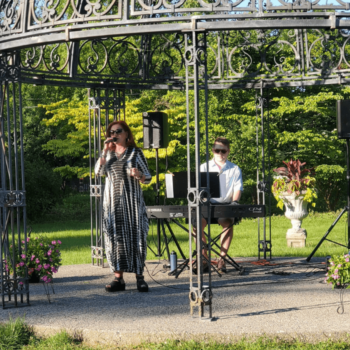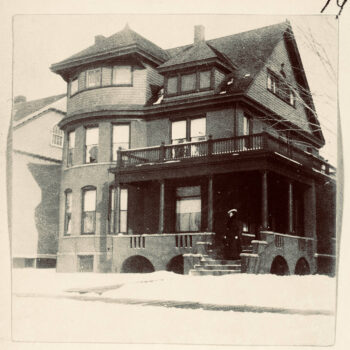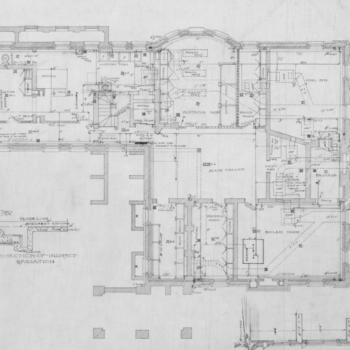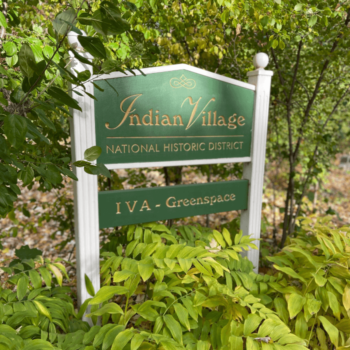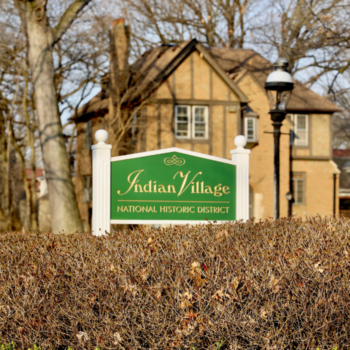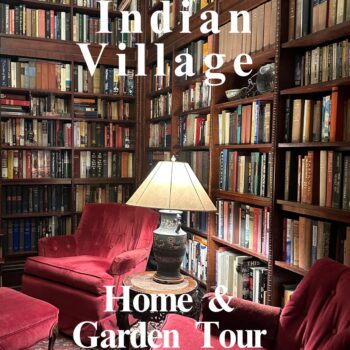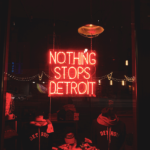
WELCOME TO THE HISTORIC INDIAN VILLAGE
DETROIT, MICHIGAN

SCHEDULE A VISIT TO INDIAN VILLAGE!
DETROIT, MICHIGAN
The Historic Indian Village Home and Garden Tour Committee is pleased to once again host a TWO-DAY tour of selected homes in our beautiful neighborhood.
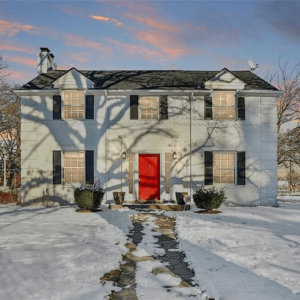
On June 20, 1971, Indian Village became only the second historic district in the city of Detroit, a designation that has protected the more than 350 homes located on Burns, Iroquois and Seminole Streets between Jefferson and Mack Avenues ever since.
As a historic district, nearly all exterior changes to our homes must be approved by Detroit’s Historic District Commission— a safeguard that has protected the historic character of our neighborhood for a half-century.
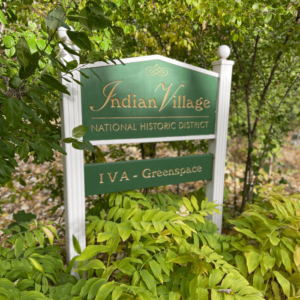
As a garden club for both men and women, the Club has about 70 members. Most of its members live in Indian Village and West Village, but the group has members elsewhere in the Detroit Metropolitan areas as well. It started out as a garden and social club, and it still is, with members forming long-term friendships with one another. The group also actively works to improve the city-scape of the Indian Village and West Village neighborhoods.
Are you a member of the Men's Garden Club? Please contact Mark Reynolds >> HERE << to get access to the special group chat.
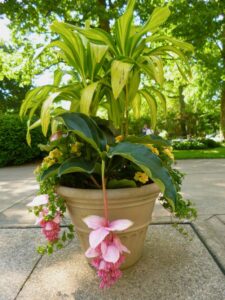
In 1953, a key group of women decided to form a garden club; members could learn garden skills from professional presentations at meetings and from each other. Soon social activities and projects to beautify the neighborhood began to appear on the club calendar. Deep friendships developed. The club continues as an important part of Indian Village, now listed in the U.S. National Register of Historic Places.
Are you a member? Contact Renata Miller >> HERE << to get access to the group chat.
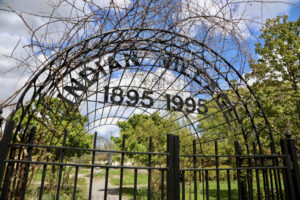
Do you live in the Historic Indian Village? Connect with your neighbors in the Member's Only Section.





